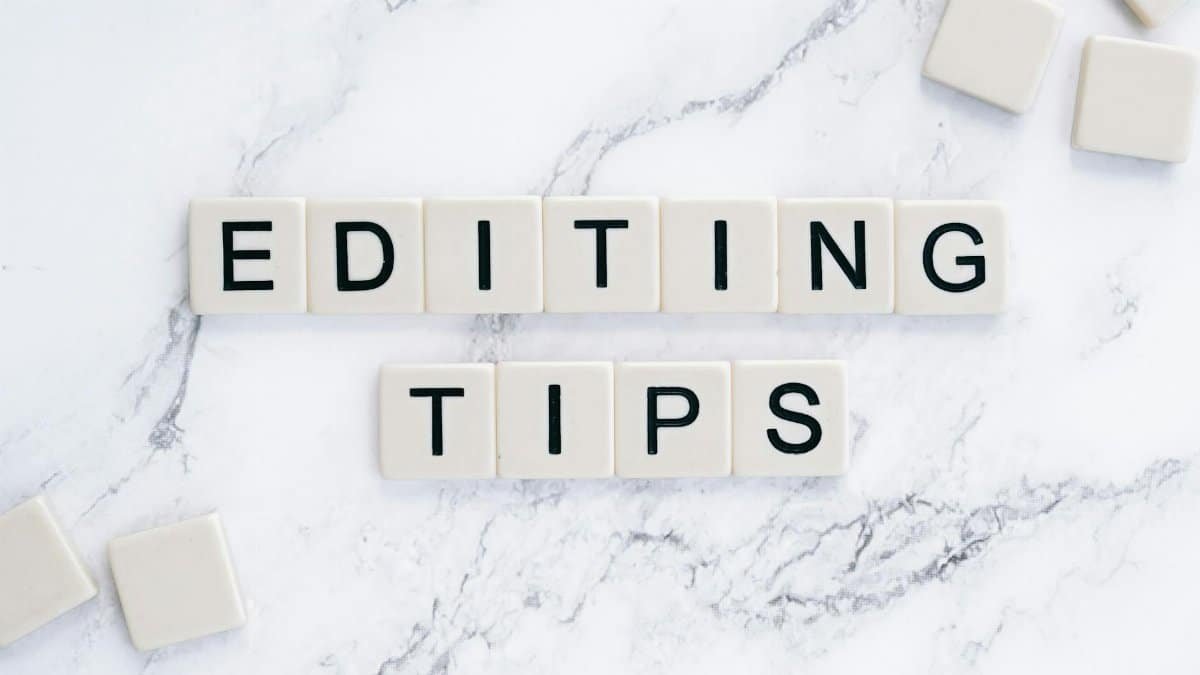A recent study from the American Psychological Association revealed that nearly 40% of U.S. adults report struggling with mental fog and lack of clarity in their daily lives, a figure that’s climbed steadily over the past decade amid rising stress levels. This surge highlights a growing need for practical strategies to heal and sharpen the mind. Enter mind tips—simple, evidence-based techniques designed to foster mental clarity and emotional resilience. Far from fleeting trends, these approaches draw on longstanding psychological insights, adapted for today’s fast-paced world. As middle-aged Americans juggle careers, family demands, and personal growth, such tips offer a lifeline, promising not just momentary relief but sustained insight. In this piece, we’ll explore seven mind healing tips, with a special focus on the second, which hones perceptual sharpness. Backed by research and real-world applications, these methods can transform how we navigate uncertainty.
1. Embrace Mindful Breathing for Grounding

Start with the basics: breathing. It sounds elementary, yet in the rush of everyday life, many overlook its power to anchor the mind. Consider a busy parent in suburban Chicago, racing through morning routines only to feel scattered by midday. A quick shift to mindful breathing—inhaling deeply for four counts, holding, then exhaling slowly—can reset the nervous system. Research from the National Institutes of Health supports this, showing that such practices reduce cortisol levels and enhance focus.National Institute of Mental Health on Stress Management.
This isn’t about achieving zen in isolation; it’s practical. One anonymized account from an online discussion described a midlife professional who incorporated brief breathing pauses during work calls, noting a marked drop in anxiety. The key lies in consistency. Short sessions, even five minutes, build over time, creating a foundation for clearer thinking. But it’s not without hurdles—distractions abound, so pairing it with a quiet space helps. Ultimately, this tip lays the groundwork for healing by reconnecting body and mind.
Variety keeps it engaging. Try it outdoors, feeling the air’s coolness, or indoors with a scented candle. The sensory details make the difference, turning a simple act into a ritual of renewal.
2. Cultivate Journaling to Sharpen Insight

What if scribbling thoughts could cut through mental haze like a knife? This tip, centered on journaling, directly sharpens insight by encouraging reflective processing. Picture a teacher in Atlanta, overwhelmed by lesson plans and personal worries, who began jotting down three key observations each evening. Over weeks, patterns emerged—recurring stressors she hadn’t noticed before—leading to proactive changes.
Studies from Harvard Medical School underscore journaling’s benefits, linking it to improved cognitive clarity and emotional regulation.Harvard Health on Writing to Heal. It’s not mere venting; structured prompts, like “What surprised me today?” or “How did this challenge reveal strength?” guide deeper insight. For middle-aged readers facing life transitions, this practice uncovers hidden motivations, fostering self-awareness without overwhelming effort.
Challenges arise, of course—blank pages can intimidate. Start small, perhaps with bullet points. One recent public sharing highlighted a user’s breakthrough: after months of foggy decision-making, journaling illuminated career goals, sparking a fulfilling pivot. This tip stands out for its accessibility, requiring only pen and paper, yet yielding profound clarity.
3. Incorporate Nature Walks for Mental Reset

Stepping outside might seem unrelated to mind healing, but nature walks offer a potent reset. In bustling cities like New York, where concrete dominates, a stroll through a park can dissolve accumulated stress. Researchers at Stanford University found that time in green spaces lowers rumination and boosts creative thinking.Stanford News on Nature and Mental Health.
Imagine a retiree in the Midwest, grappling with post-career emptiness, who made weekly hikes a habit. The rustle of leaves and bird calls shifted his focus from internal churn to external wonder, gradually restoring clarity. It’s about immersion: notice textures, sounds, the play of light. This tip complements others by providing a physical outlet for mental processing.
Not everyone has trails nearby, so urban alternatives like botanical gardens work. The beauty is in the simplicity—no gear required, just intention. Over time, these walks build resilience, turning fleeting escapes into lasting mind tips for sustained well-being.
4. Practice Gratitude to Reframe Perspectives

Gratitude isn’t fluffy advice; it’s a strategic reframing tool. Amid economic pressures in 2025, many middle-aged Americans feel bogged down by what’s lacking. Yet, listing three gratitudes daily can rewire neural pathways, as per findings from the University of California, Berkeley’s Greater Good Science Center.Greater Good Science Center on Gratitude.
A narrative from a healthcare worker in Texas illustrates this: battling burnout, she started noting small wins, like a patient’s smile or a colleague’s support. Insights sharpened as negativity receded, revealing opportunities for growth. Vary the approach—voice notes or shared family discussions—to keep it fresh.
Skepticism is common; it feels forced at first. Push through, and the clarity emerges, healing old wounds by highlighting abundance. This tip integrates seamlessly with journaling, amplifying its effects.
5. Limit Digital Overload for Focused Clarity

In an era of constant notifications, curbing digital intake is revolutionary. Pew Research Center reports that over 80% of adults check devices multiple times hourly, fragmenting attention.Pew Research on Mobile Etiquette. This tip advocates designated tech-free zones, reclaiming mental space.
Think of a entrepreneur in Seattle, whose screen addiction blurred work-life boundaries. Implementing evening blackouts allowed ideas to percolate undisturbed, sharpening business insights. Start with boundaries: no phones at meals, or app limits. The result? Renewed energy for meaningful pursuits.
Resistance is real—FOMO kicks in. But the payoff, in clearer decision-making, justifies it. As a mind tip, it counters modern chaos, promoting deliberate living.
6. Engage in Creative Hobbies to Unlock Flow

Creativity heals by inducing flow states, where time dissolves and clarity reigns. Whether painting or gardening, these activities engage the brain differently. A study in the Journal of Positive Psychology links hobbies to reduced stress and heightened insight.Journal of Positive Psychology on Hobbies.
An office manager in Florida, stuck in routine, picked up guitar. Sessions became sanctuaries, where problems solved themselves mid-strum. It’s not about mastery; amateur efforts suffice, fostering joy and perspective.
Time constraints challenge many, but micro-sessions—15 minutes—accumulate. This tip enriches life, turning hobbies into conduits for mental healing.
7. Foster Social Connections for Emotional Support

Isolation erodes clarity; connections rebuild it. The CDC notes strong social ties correlate with better mental health outcomes.CDC on Loneliness in Older Adults. This final tip emphasizes nurturing relationships through intentional outreach.
Recall a widower in California, who joined a community group post-loss. Conversations unveiled shared struggles, sharpening his self-insight and easing grief. Simple acts—coffee chats or group walks—suffice.
In busy lives, scheduling helps. The depth gained fortifies against life’s fog, making this a cornerstone mind tip for enduring clarity.
